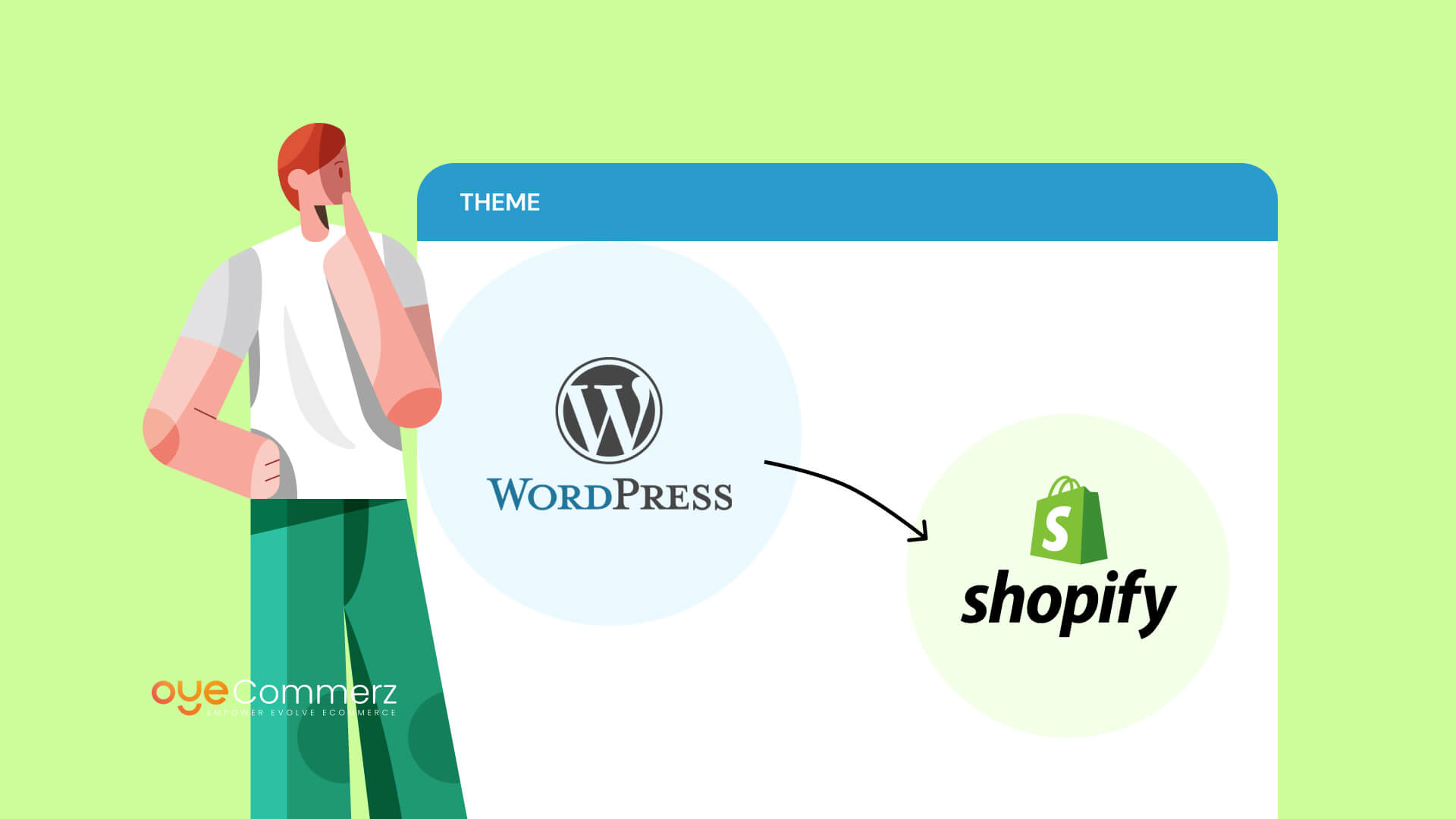Seamless WP to Shopify Migration: A Comprehensive Roadmap for E-commerce Growth
Seamless WP to Shopify Migration: A Comprehensive Roadmap for E-commerce Growth
Blog Article
Shifting from WordPress to Shopify marks an promising step toward streamlining your e-commerce processes. As businesses grow, selecting a platform that aligns with growth potential, UX, and customization becomes crucial. Shopify is widely recognized as a preferred choice for online merchants, offering superior adaptability, data protection, and ease of use. In this guide, we’ll explore why this migration is a game-changer, highlight the advantages, and provide practical tips to ensure a smooth transition.
1. Top Reasons to Transition from WordPress to Shopify
WordPress, paired with WooCommerce, has served countless online stores. However, as companies scale, issues like plugin dependency, security vulnerabilities, and technical complexities often obstruct growth. Shopify, designed explicitly for e-commerce, addresses these issues with an comprehensive, user-friendly platform. Real data supports this shift—Shopify hosts over 4.4 million websites worldwide, with a documented 10% increase in sales performance for many businesses post-switch.
2. Shopify's Advantages for Thriving Online Stores
Shopify’s robust ecosystem is tailored for expanding businesses. Its standout features are:
- Seamless Customization: Shopify provides over 80 professionally designed themes.
- Integrated Tools: Capabilities such as Shopify Payments and integrated SEO save time and effort.
- Global Reach: Currency versatility and localization features empower brands to expand internationally.
Additionally, Shopify delivers an uptime rate of 99.98%, ensuring your website is always operational.
3. Preparing for WP to Shopify Migration
Before migrating, evaluate your existing setup. Analyze product data, client information, and SEO performance. Resources such as Shopify’s Migration Kit or external tools can simplify this process. Create a detailed strategy, making sure all resources—item details, images, and blog content—are ready for seamless import.
4. Data Migration: A Critical Step
Data migration forms the foundation for a smooth transition. When migrating from WordPress to Shopify, focus on:
- Product Information: SKU, item summaries, and categories.
- Customer Data: Emails, purchase records, and preferences.
- Search Engine Considerations: Retain meta tags, URLs, and redirects to maintain search rankings.
Use tools such as LitExtension to Reliable Shopify migration streamline data transfer while minimizing errors.
5. Tailoring Your Shopify Store to Fit Your Brand
After the move, customizing your Shopify store helps it reflects your brand. Take advantage of Shopify’s drag-and-drop editor to design pages effortlessly. Shopify's templates are optimized for all devices, providing a smooth user experience across platforms—a critical factor, since 74% of online shopping comes from mobile visitors.
6. How to Protect Your SEO Rankings When Switching Platforms
SEO is vital for preserving your visibility during migration. Shopify excels in SEO with organized link formatting, built-in optimization tools, and seamless blog integration. Ensure:
- Implement 301 redirects for old URLs.
- Optimize new pages with keyword-rich content.
- Leverage plugins like Plug in SEO to monitor performance post-migration.
7. Essential Tests After Migrating to Shopify
Once the migration is complete, run detailed checks.
Review: - Website speed (Shopify delivers faster speeds compared to WP).
- Functionality of payment gateways and checkout processes.
- Mobile responsiveness.
Quality assurance guarantees your store delivers a smooth shopping experience from the start.
8. Real-Life Success Story
One such migration success story is Gymshark, a fitness apparel brand that transitioned to Shopify. After the switch, the company experienced a 60% boost in mobile sales and reduced site downtime. This showcases the potential of Shopify in enhancing online business success.
9. Challenges and Solutions
Migration comes with challenges, such as information accuracy and reconfiguring custom functionalities. However, Shopify’s E-commerce platform migration robust support and third-party experts make overcoming these hurdles manageable. Partnering with experienced Shopify developers helps guarantee a smooth transition.
10. Making the Switch: The First Step Toward Success
Switching from WordPress to Shopify represents a strategic decision to online retail. By addressing scalability, simplifying management, and improving buyer satisfaction, Shopify empowers businesses to thrive in competitive markets.
Conclusion
Transitioning from WordPress to Shopify is a strategic move that can greatly enhance your online business performance. With a well-structured strategy, the appropriate resources, and expert support, you can achieve new success milestones.
Ready to make the leap? Let’s discuss how our Shopify migration services can revolutionize your e-commerce platform. Contact us now, or consider: Is it time to seize Shopify’s advantages for your store?
 Report this page
Report this page